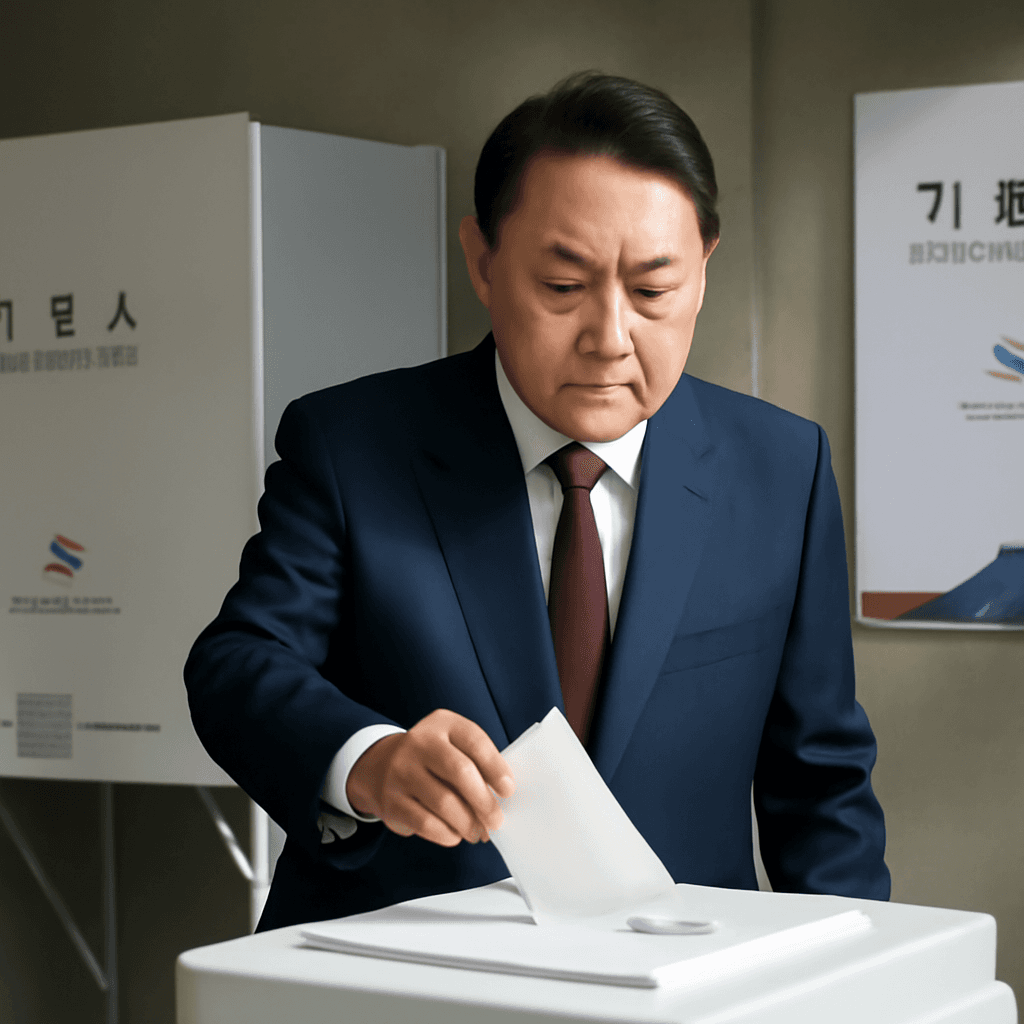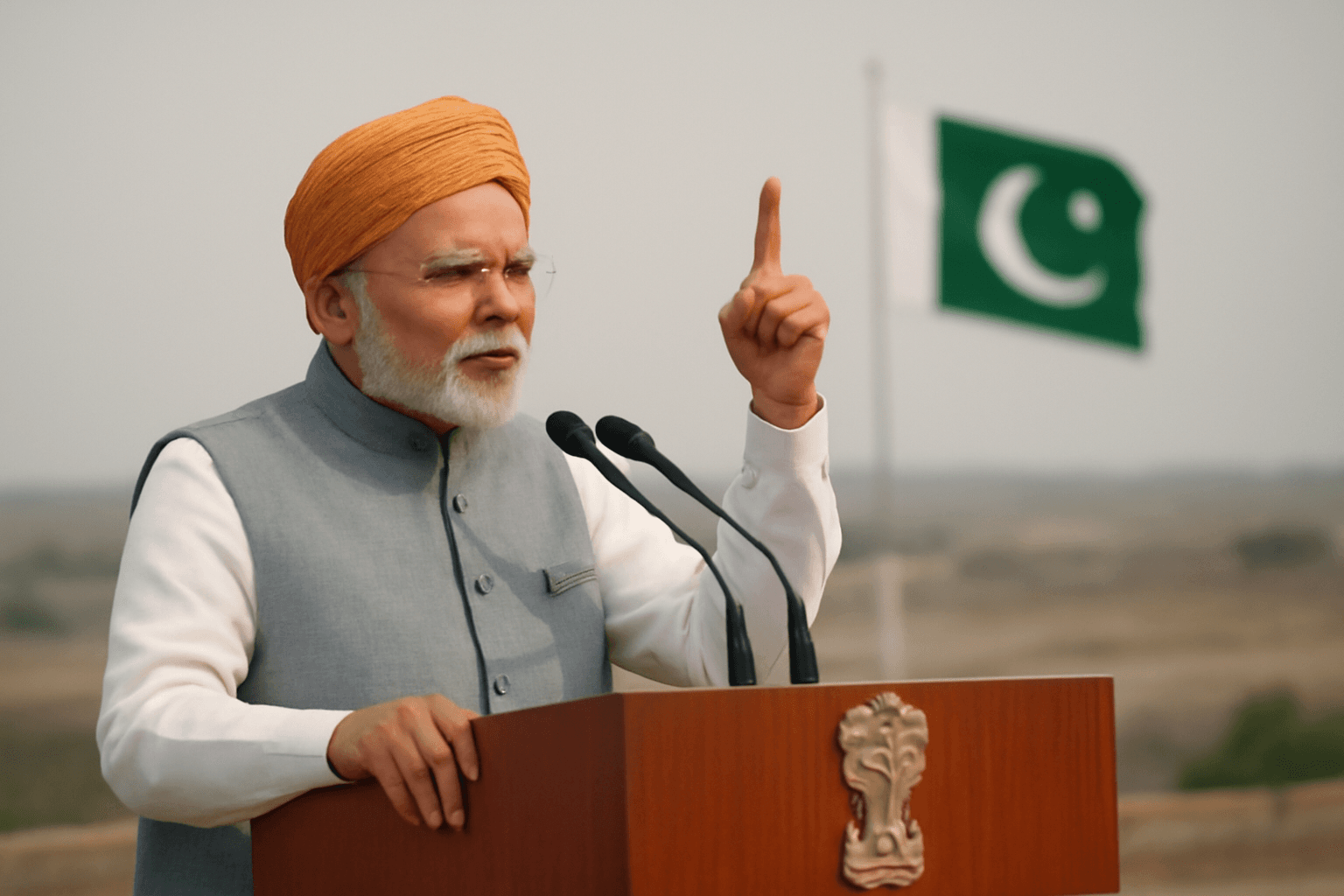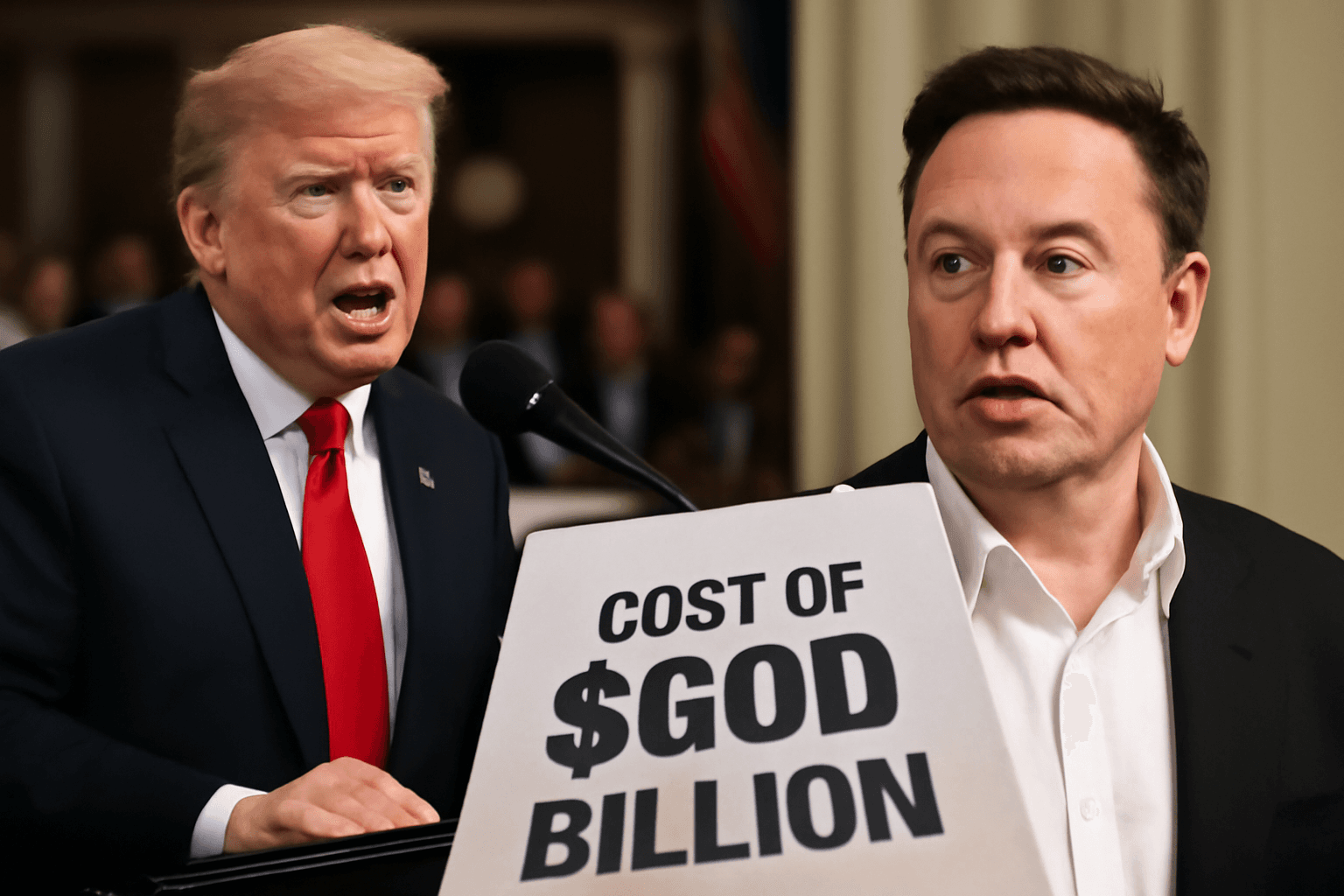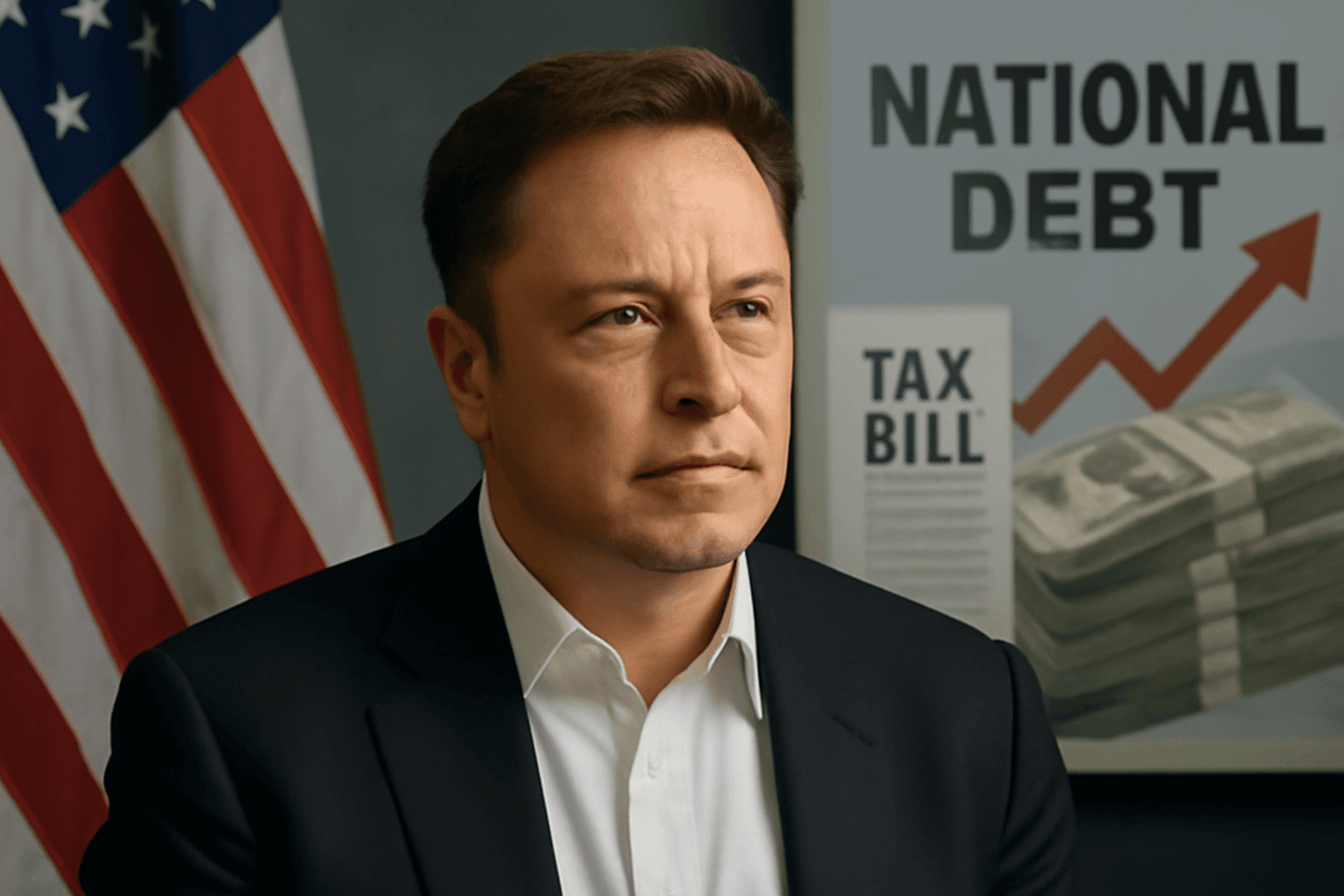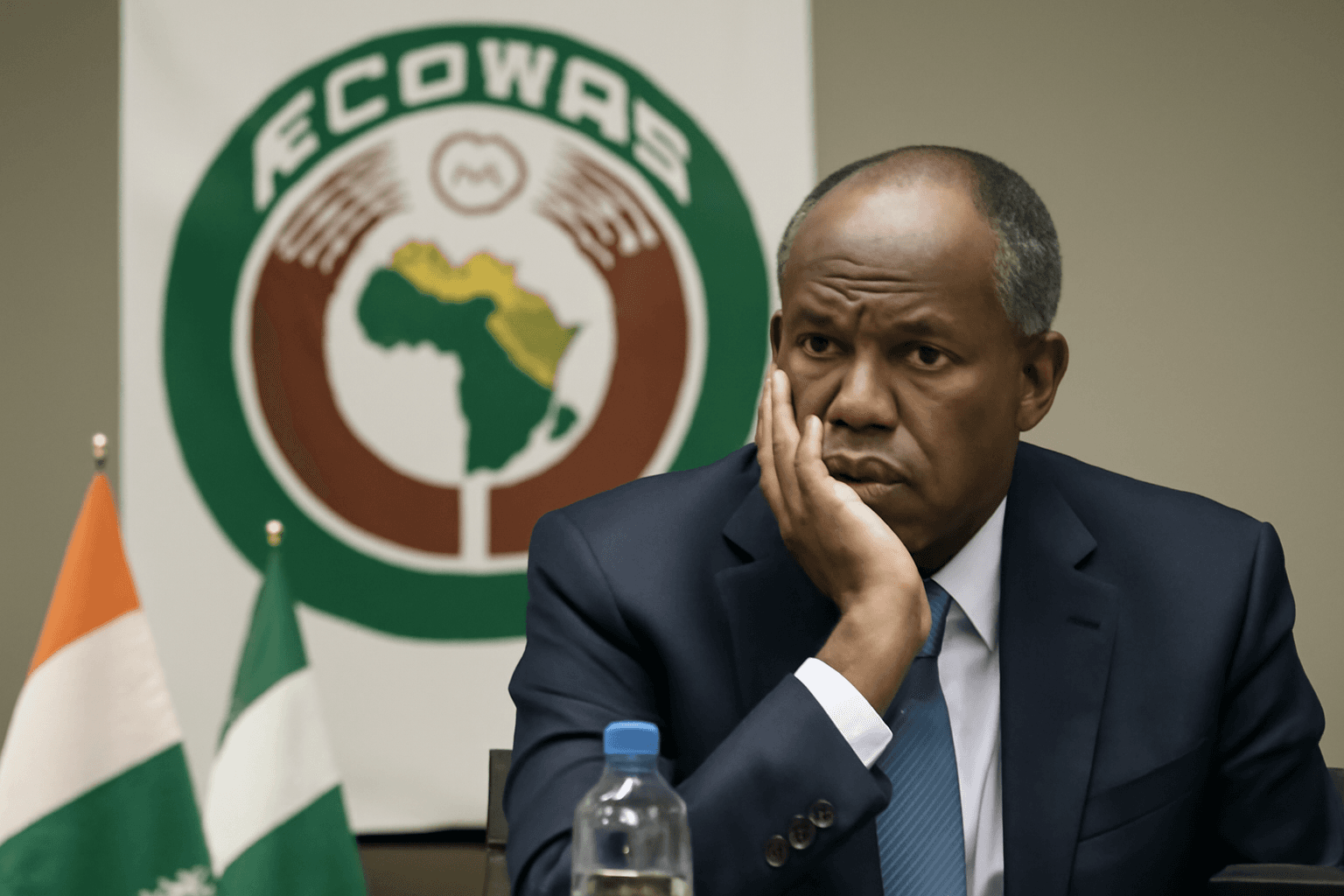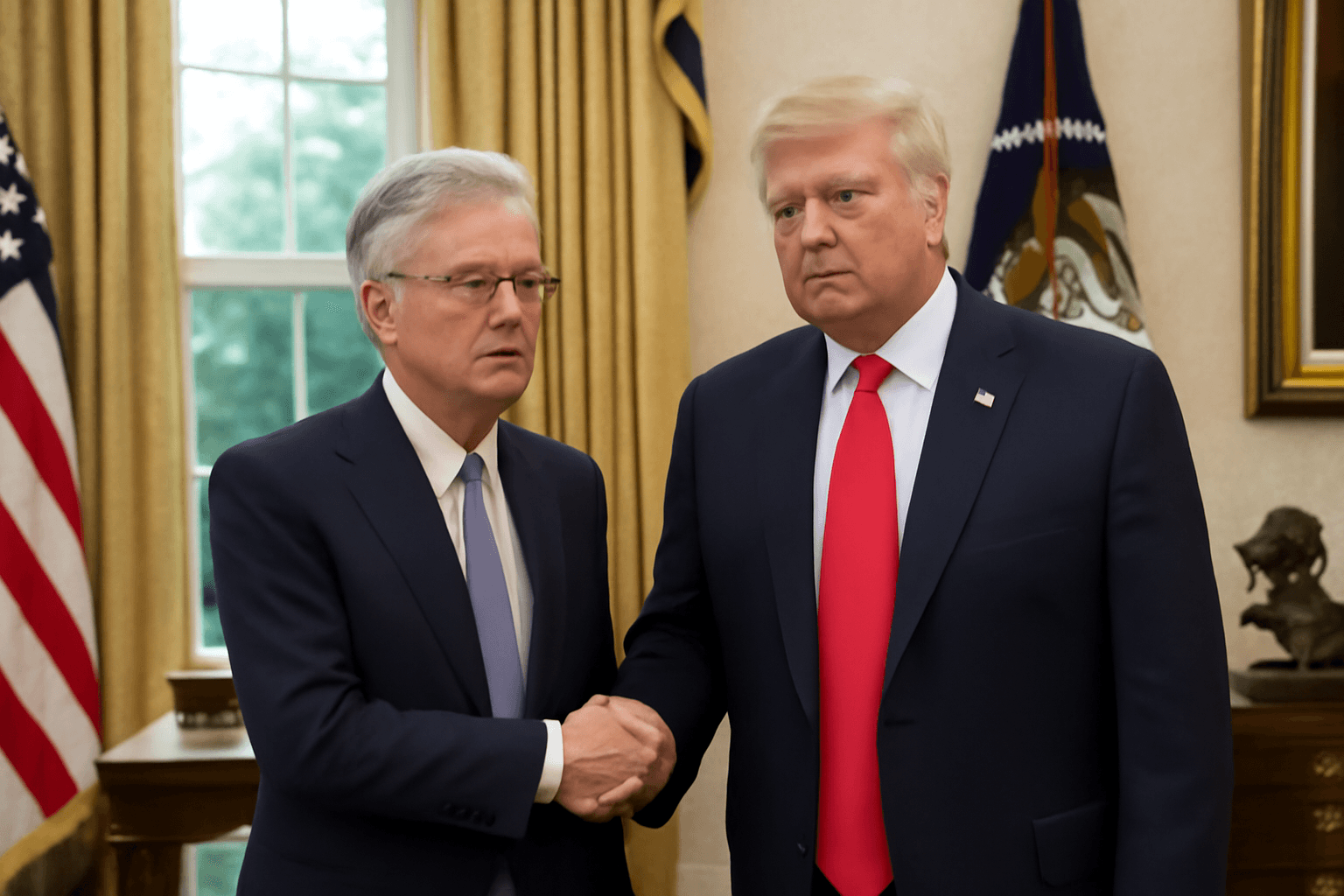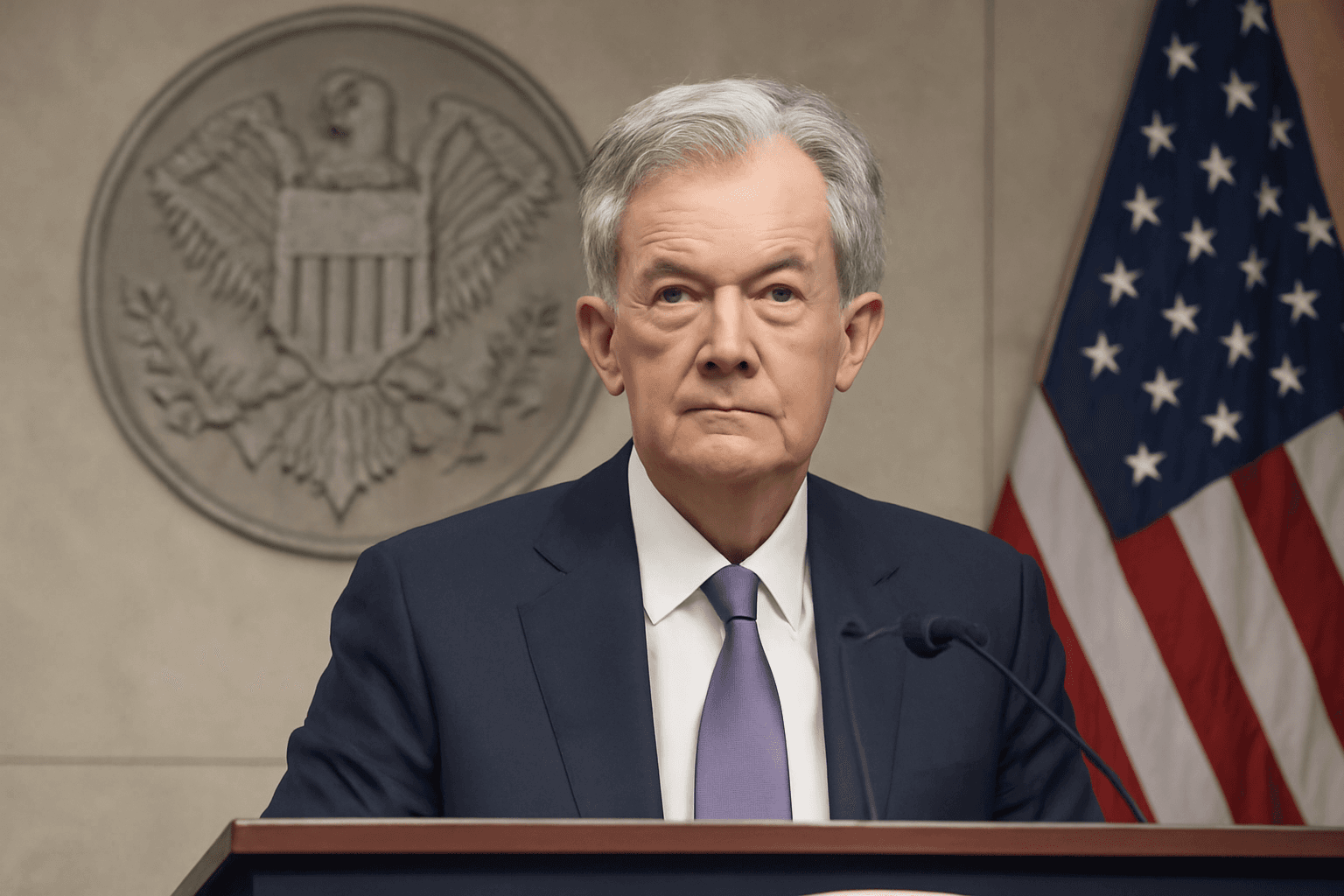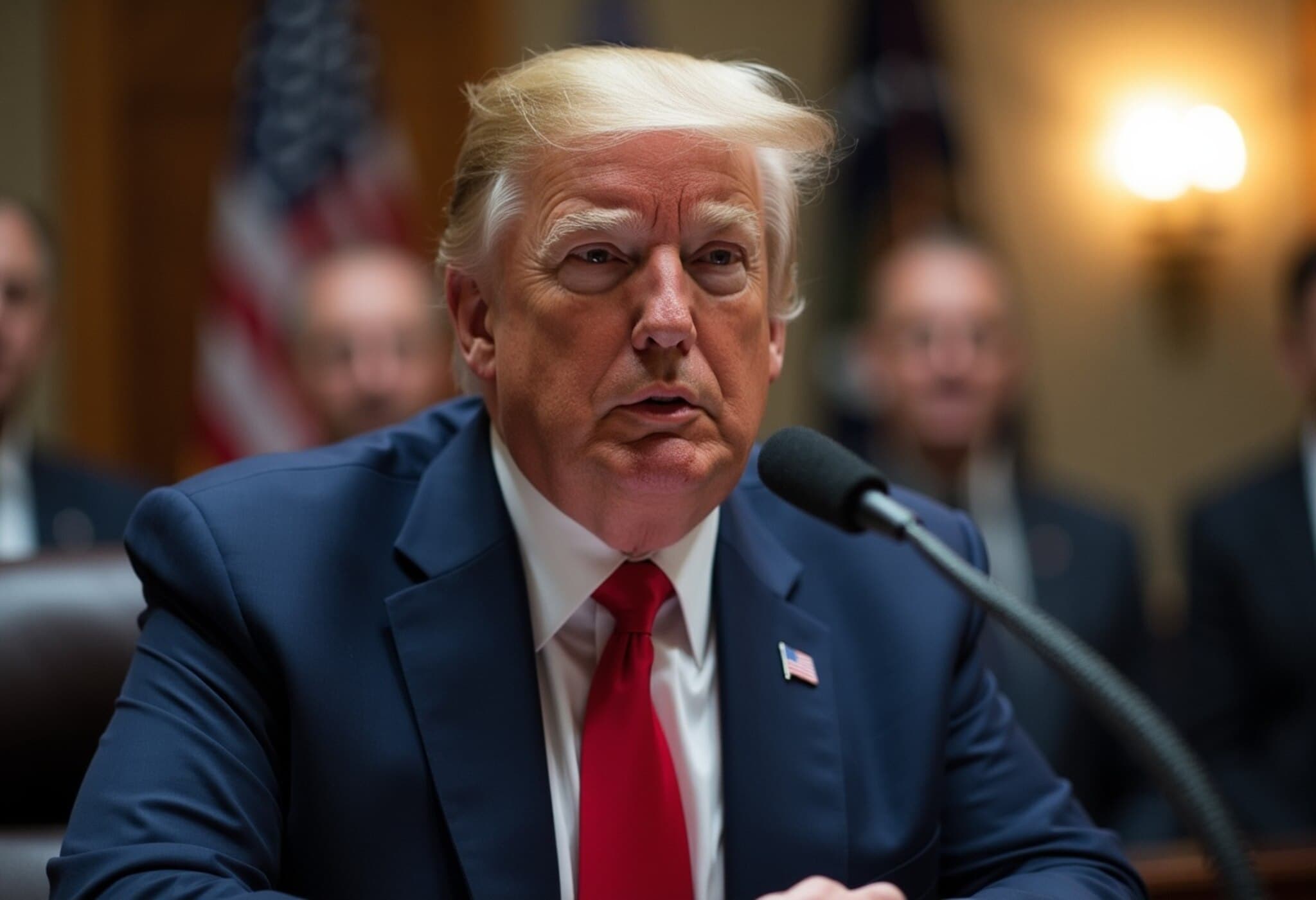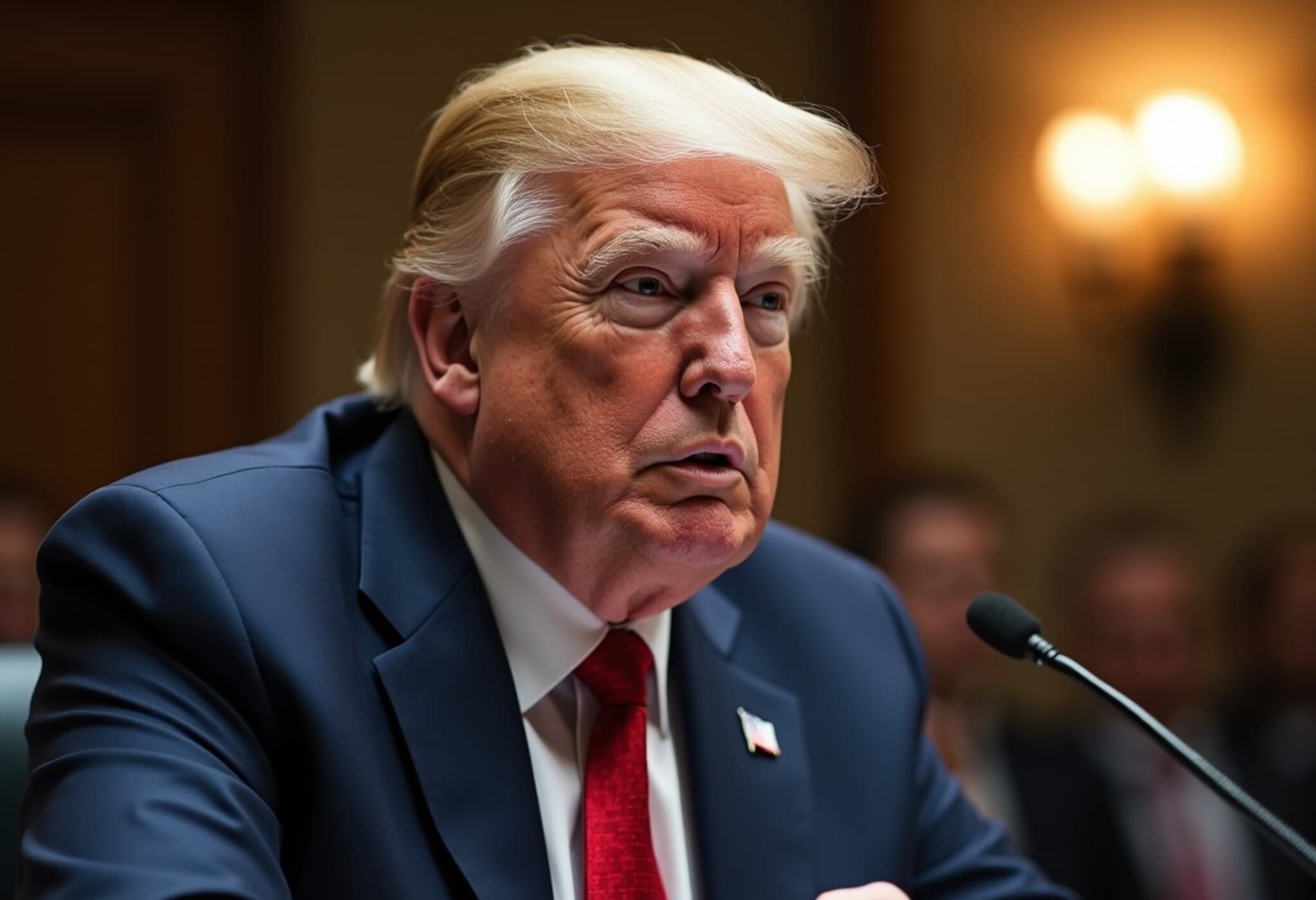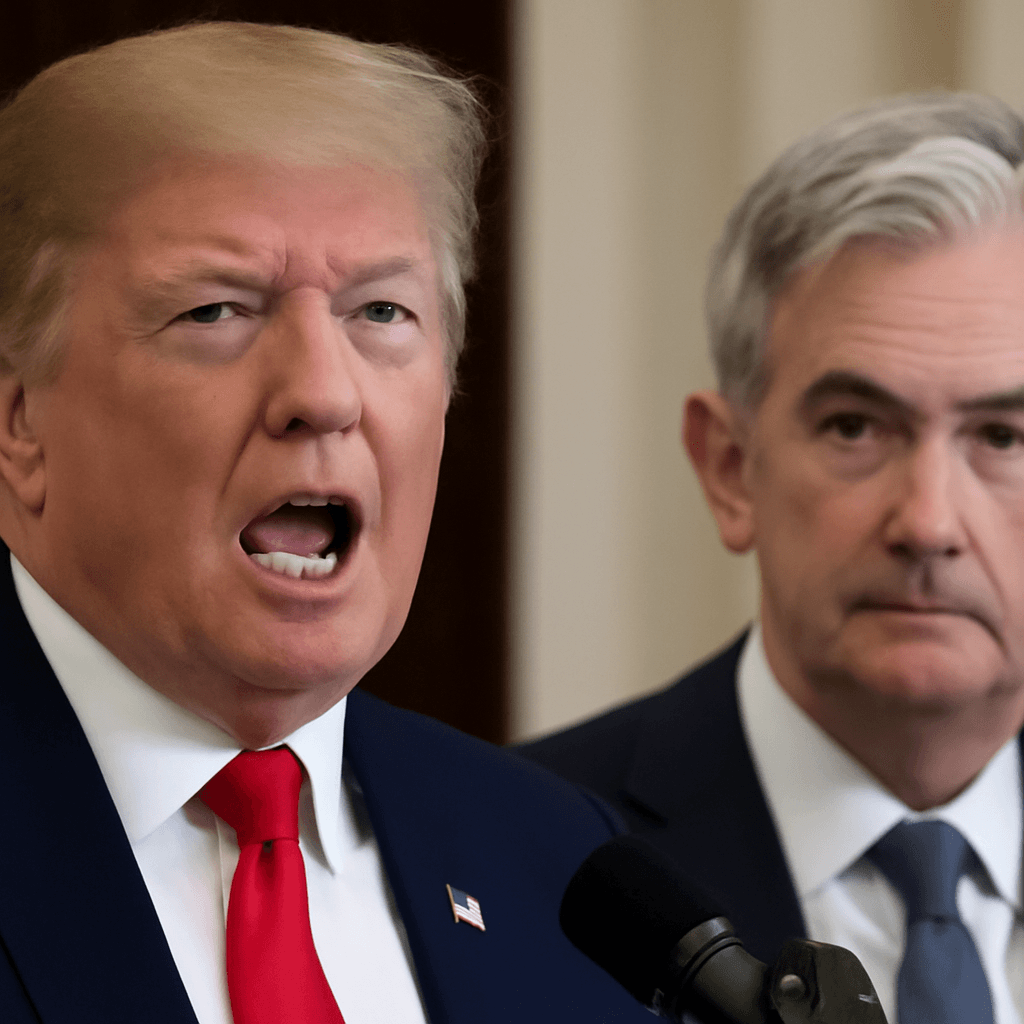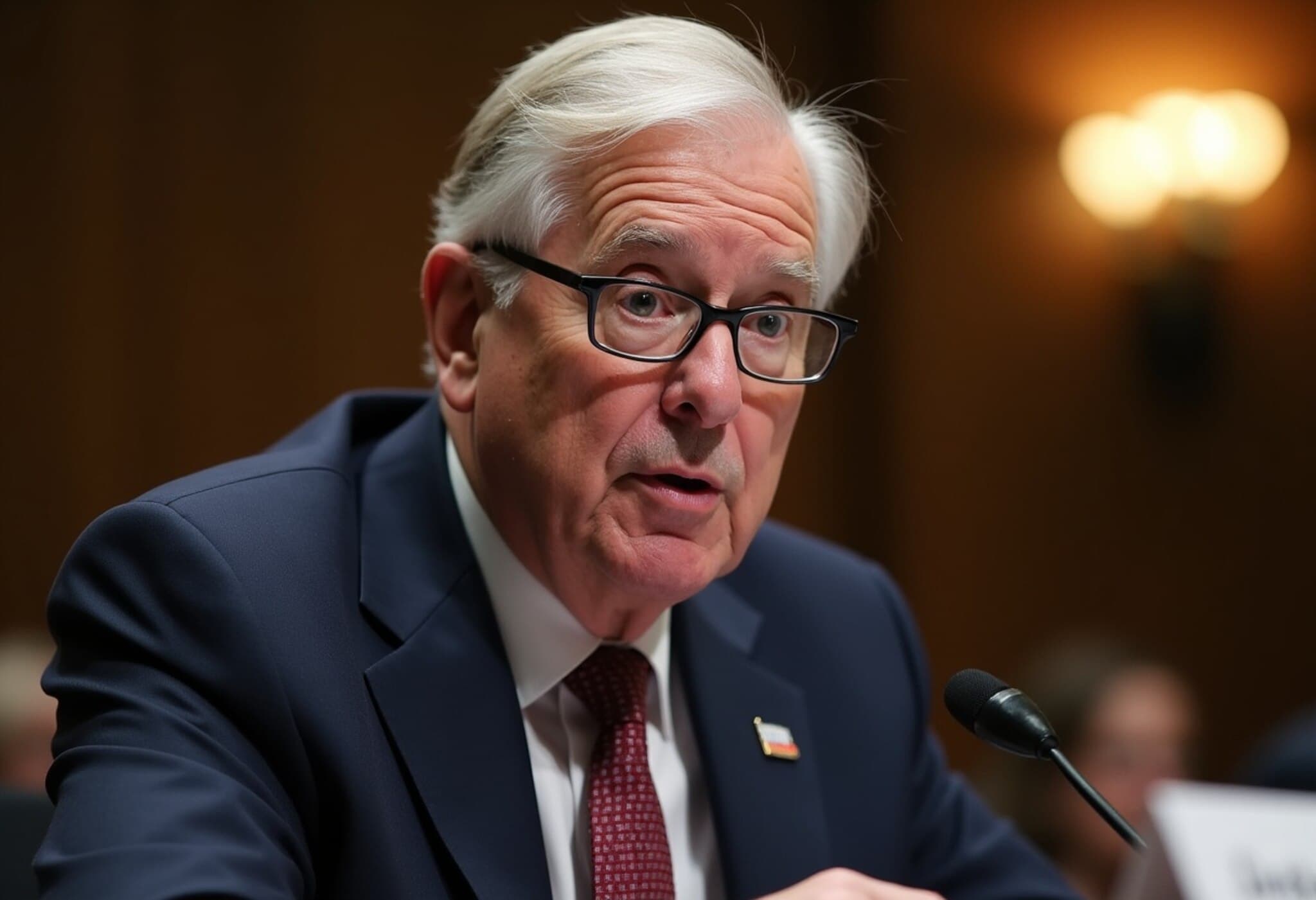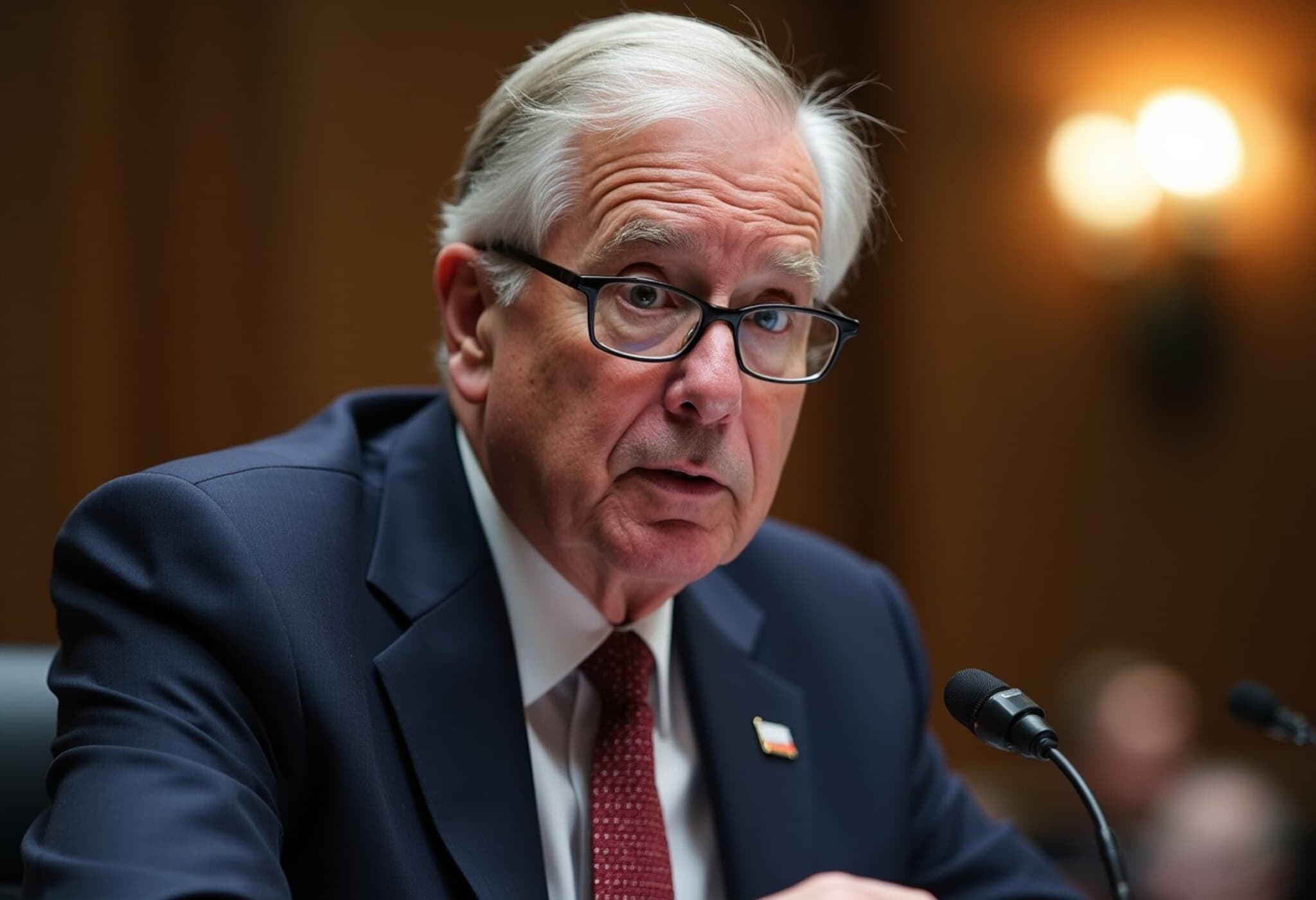Former President Trump Criticizes Federal Reserve Renovation Project
On July 25, 2025, former President Donald Trump publicly voiced his disapproval of a costly renovation project underway at the Federal Reserve headquarters. While Trump was quick to deem the renovation an unnecessary expenditure, he stopped short of calling for Federal Reserve Chair Jerome Powell’s removal, signaling a nuanced stance in the ongoing debate about the Fed’s leadership and fiscal priorities.
Balancing Criticism and Support
Trump’s remarks come amid heightened scrutiny of the Federal Reserve’s policies as it continues to navigate complex economic challenges including inflation management and interest rate adjustments. Despite previous tensions with Powell during his presidency, Trump described firing Powell as "not necessary" at this juncture, suggesting that while he questions the Fed’s spending decisions, he does not currently see leadership change as the solution.
Understanding the Renovation Controversy
The renovation at the Federal Reserve’s main building in Washington D.C. has sparked a broader conversation on government spending within an institution that influences the nation’s monetary policy. Critics argue that such expenditures may not align with the Fed’s core mission, especially when economic uncertainties demand fiscal prudence.
- Estimated Cost: Reports indicate the renovation will cost tens of millions of dollars.
- Project Scope: Includes modernization of facilities and security enhancements.
- Public Reaction: Mixed, with some viewing it as necessary for long-term safety and efficiency, others as excessive use of funds.
Expert Insight: Why Does This Matter?
From an economic policy perspective, the Federal Reserve’s allocation of resources sends broader signals about priorities and governance transparency. Experts caution that excessive spending on internal projects, especially amid inflation concerns, could undermine public trust in the institution’s fiscal responsibility.
Moreover, Trump’s tempered critique reflects an understanding of the delicate balance the Fed must maintain between independence and accountability. While calls for drastic moves like firing Powell can stir market uncertainty, measured criticism can foster constructive debate on fiscal management.
The Political and Economic Context
Trump’s comments arrive during a pre-election period, where monetary policy decisions are increasingly politicized. The Federal Reserve traditionally operates independently to safeguard economic stability, but federal projects funded by taxpayer money invite scrutiny and political commentary.
- Market Stability: Investors watch Fed leadership changes closely, as these can impact monetary policy.
- Public Spending: Government renovations draw attention in times of inflation and budget deficits.
- Political Messaging: Leaders like Trump channel public sentiment about federal spending to advance political narratives.
What’s Next for the Fed and Powell?
As the Federal Reserve continues to juggle economic growth and inflation control, its decisions on internal expenditures will likely remain in the spotlight. Powell’s position appears secure for now, but ongoing debates about the Fed’s transparency and spending priorities could influence future leadership discussions.
Editor's Note
This episode underscores the complex intersection between monetary policy, government spending, and political discourse. It invites readers to consider:
- How should federal institutions balance operational needs with fiscal responsibility?
- What role does political commentary play in shaping public perceptions of independent agencies?
- Can the Federal Reserve maintain trust while facing internal and external financial scrutiny?
Understanding these questions is crucial as the U.S. navigates economic uncertainties and the evolving landscape of governance.




